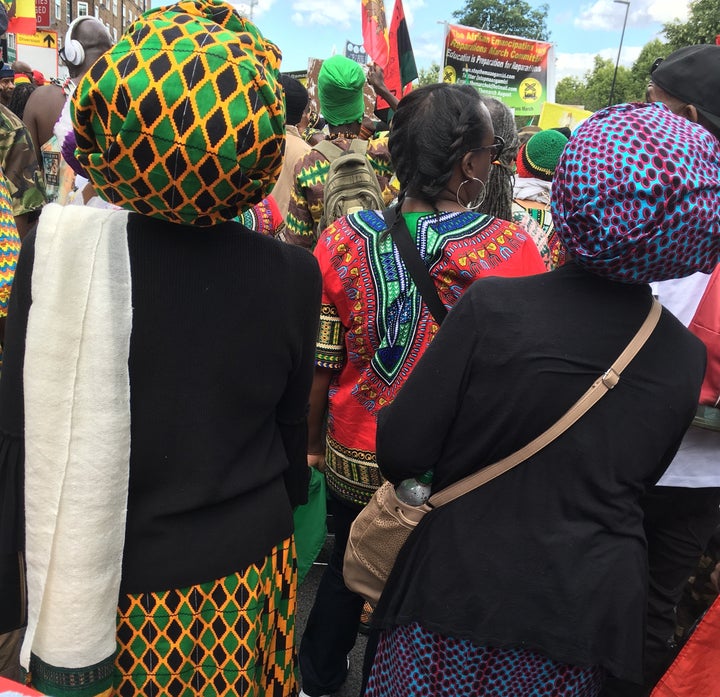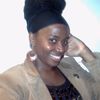
Dreadlocks have existed for centuries and are worn by many groups around the world, including the Turkana people in Kenya and the Ngagpas of Tibet.
But the group most associated with dreadlocks are members of the Rastafarian faith. For many believers, wearing dreadlocks represents their holy convent between them and God, referred to as Jah.
The growing of your locks is a symbol that you intend to follow the faith and abide by the ten commandments that were received by Moses.
The Rastafarian movement was born in Jamaica in the 1930s while the island was still under British colonial rule.
Dreadlocks came to become an important symbol of colonial rebellion. They allowed Jamaicans to identify with their African roots, which had been lost through slavery.
As time went on, wearing dreadlocks became a way of rejecting Eurocentric ideas of beauty that were being forced on black people at the time.
On 6 August 1962, Jamaica gained independence from the United Kingdom and it was the beginning of a new era. During the 1970s, reggae music with its social and political commentary was growing in popularity and so were its musicians.
Bob Marley a devout Rastafarian had become an international superstar. As Marley grew in popularity, so did the Rastafarian movement and the idea of wearing dreadlocks.
The movement and its culture has always played a key role in the struggle for black liberation.
Rastas have always been at the forefront, educating black people in the diaspora and giving voice to issues surrounding Africa, repatriation and discrimination.
In the black community, wearing dreadlocks has historically been associated with social consciousness and racial pride.
But nowadays, for some, having dreadlocks is not a political or cultural statement, it is simply a hairstyle.
Locks are now worn by almost anyone from rappers to beauty queens, but we must remember their significance to different groups of people.
When Rastas face discrimination because of their hair or religious practices, we cannot make sweeping statements like “it’s just hair you can cut it”.
Their locks are not there for vanity reasons but have a spiritual meaning and purpose.
Their hair is often covered in a scarf or hat and only reserved for their close family and loved ones to see.
While dreadlocks have become more acceptable in some areas of society, like entertainment, I find it difficult to understand why dreadlocks are still deemed as unacceptable in institutions like schools.
Just last year, it was reported that 12-year-old Chikayzea Flanders was told he would have to cut off his dreadlocks or face suspension from Fulham Boys School.
His mother, Tuesday Flanders, took the school to court, calling the request an attack on her Rastafarian religion. The family have recently reached an agreement with the school.
But one has to ask why natural black hair is always labelled as unprofessional, wild or unacceptable?
The Rastafarian community has come under great criticism over the years. Yet as veganism and natural hair movements gain popularity around the world, we must remember these are things Rastafarians have preached for decades.
Perhaps they were not listened to simply because they looked a bit different to everyone else.
If you have a story, an experience or an idea you would like to share with HuffPost UK during Black History Month, please email: blackhistorymonth@huffpost.com
